Retro Replay Review
Gameplay
Before the flashy graphics, 3D animation and 30‐hit turbo combos, there was the simple dragon punch and fireball. Street Fighter II strips combat down to its core fundamentals: well-timed punches and kicks, a handful of special moves, and raw one‐on‐one head‐to‐head action. The learning curve is gentle—you can land a Shoryuken or Sonic Boom with just a few directional inputs and buttons—yet the deeper nuances of spacing, timing, and mind games quickly emerge as you rack up hours in the dojo or arcade mode.
(HEY YOU!! We hope you enjoy! We try not to run ads. So basically, this is a very expensive hobby running this site. Please consider joining us for updates, forums, and more. Network w/ us to make some cash or friends while retro gaming, and you can win some free retro games for posting. Okay, carry on 👍)
The game features a roster of nine distinct fighters—Ryu, Ken, Guile, Blanka, M. Bison, Chun‐Li, Zangief, Balrog, and Sagat—each boasting unique normals, strengths, and weaknesses. Ryu and Ken represent the archetypal balanced warriors, while others like Zangief rely on powerhouse grabs and Blanka on unpredictable electricity attacks. This variety invites players to experiment with different styles, finding the perfect match between aggressive rushdowns, defensive zoning, or grappler setups.
Arcade mode challenges you to climb the world tournament ladder, taking on every character before facing the final mastermind, Bison. In two‐player mode, local multiplayer delivers intense showdowns that defined competitive gaming in the early ’90s. Matches are brisk, rounds end quickly, and victory hinges on anticipating your opponent’s next move—resulting in frantic comebacks or satisfying shutouts.
Despite its simple interface—four attack buttons (light and heavy for both punch and kick) and an eight‐directional joystick—Street Fighter II’s combat depth feels surprisingly robust. Mastering combos, reversals, and cross‐ups takes dedication, and even a single fireball can become the centerpiece of an elaborate trap or counterplay. This elegant balance ensures that novices feel powerful from the start, while veterans find endless layers to refine.
Graphics
Street Fighter II’s visual identity is rooted in vibrant 2D sprite work that still holds up today. Each character is hand‐drawn with distinctive proportions—Blanka’s hunched back and green fur, Chun‐Li’s muscular thighs and signature “Spinning Bird Kick” silhouette—making them instantly recognizable. The animations are fluid, with just enough frames to convey weight and impact without bogging down the action.
Stage backgrounds range from urban street corners to lush temples and neon‐lit arenas, each painted with bold colors and lively details like cheering spectators or drifting lanterns. These backdrops not only reinforce each fighter’s origin story but also provide a lively stage for the combatants to clash on. Occasional background animations—birds flying, flags waving—add movement without distracting from the fight.
Compared to modern 3D brawlers, Street Fighter II’s pixel art may feel retro, but that’s part of its charm. The limited palette and resolution force designers to focus on clarity: hit sparks, health bars, and character poses all pop on‐screen. Whether running on original hardware or a modern emulation, the game’s signature look remains crisp and engaging.
For buyers today, the graphics offer a nostalgic trip to arcade halls and living rooms of the early ’90s. The art style has influenced countless fighters since, and seeing those classic sprites in motion highlights why Street Fighter II became a visual benchmark for the genre.
Story
Street Fighter II doesn’t dwell on lengthy cutscenes or cinematic exposition—instead, it opts for a straightforward premise: a global fighting tournament organized by the enigmatic M. Bison. Each competitor travels to distant lands to prove their strength, making brief stops in stages that reflect their personal journeys and cultural backgrounds.
While there’s no dramatic narrative campaign, individual character bios hint at motivations and rivalries: Ryu’s quest for self-improvement, Guile’s desire for vengeance, Chun‐Li’s pursuit of justice. These short backstories, delivered via simple text screens between matches, provide enough context to invest players in their favorite warrior’s path to the final boss.
Between fights, brief victory poses and halted animations reinforce each character’s personality—Balrog’s arrogant smirk, Zangief’s triumphant flex, Sagat’s silent, towering presence. This sparse storytelling keeps the pace brisk, ensuring that narrative beats never interrupt the core fighting experience.
For those seeking a deep, plot‐driven adventure, Street Fighter II may feel light on story. However, its minimalist approach allows the characters’ distinct fighting styles and stage designs to shine, letting players fill in the gaps with their own imagination and competitive spirit.
Overall Experience
Street Fighter II stands as a pillar of fighting‐game history, offering an experience that’s both approachable for newcomers and endlessly rewarding for veterans. Its tight controls, memorable character roster, and dynamic matchups create a timeless loop of challenge and mastery. Even after decades, the thrill of landing a perfectly timed Hurricane Kick or watching your opponent teleport into a well‐placed Shoryuken never grows old.
The game’s local multiplayer remains a highlight—no online matchmaking is required to feel the electric tension of two players locked in a high‐stakes duel. Whether you’re settling a friendly rivalry or hosting a small tournament, Street Fighter II delivers fast, competitive fun that draws crowds and sparks debates about the best matchup strategies.
Replay value is sky‐high: mastering every character, uncovering advanced combos, and perfecting match‐specific tactics can consume countless hours. And thanks to its relatively small file size and low system requirements, you can sample the arcade original on retro hardware, handheld ports, or modern compilations without expensive upgrades.
For potential buyers, Street Fighter II represents more than just a game—it’s a cultural phenomenon that shaped the fighting‐game genre. Whether you’re chasing nostalgia or discovering these foundations for the first time, this fighter’s blend of accessibility, depth, and style makes it a must‐own title that continues to inspire competitors and developers alike.
 Retro Replay Retro Replay gaming reviews, news, emulation, geek stuff and more!
Retro Replay Retro Replay gaming reviews, news, emulation, geek stuff and more!
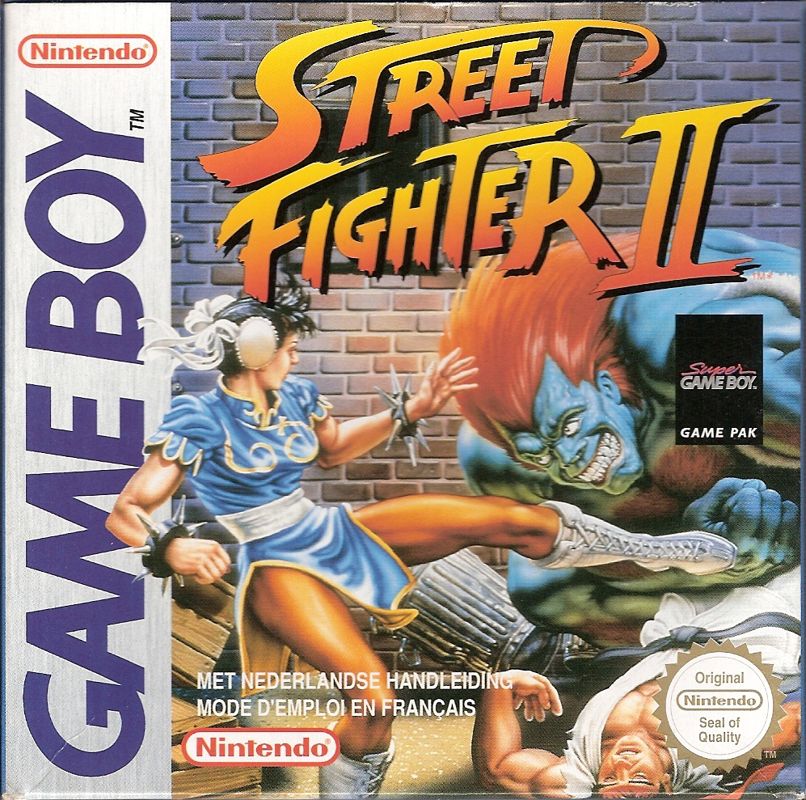
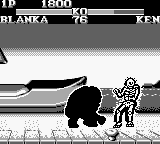
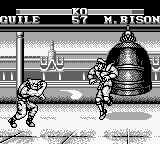
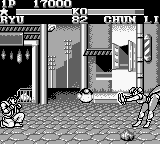
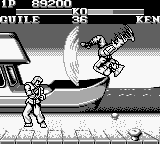
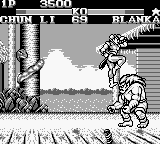

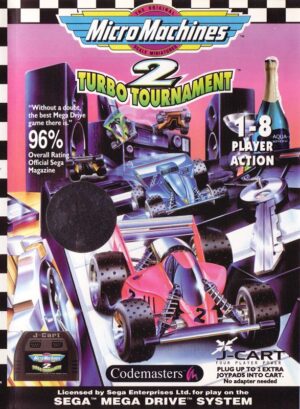

Reviews
There are no reviews yet.